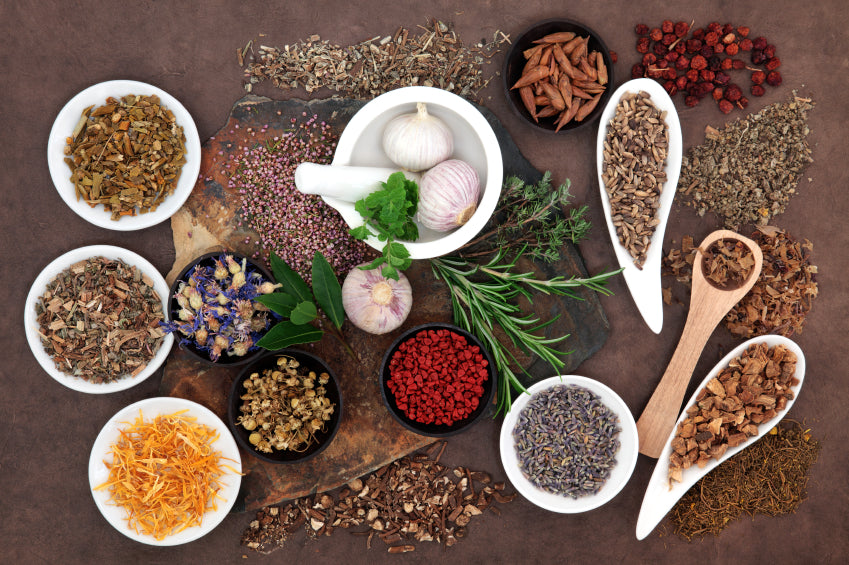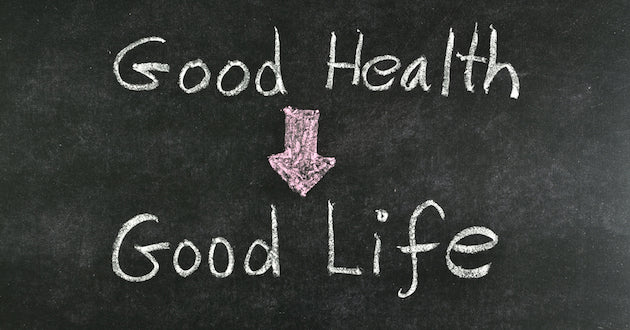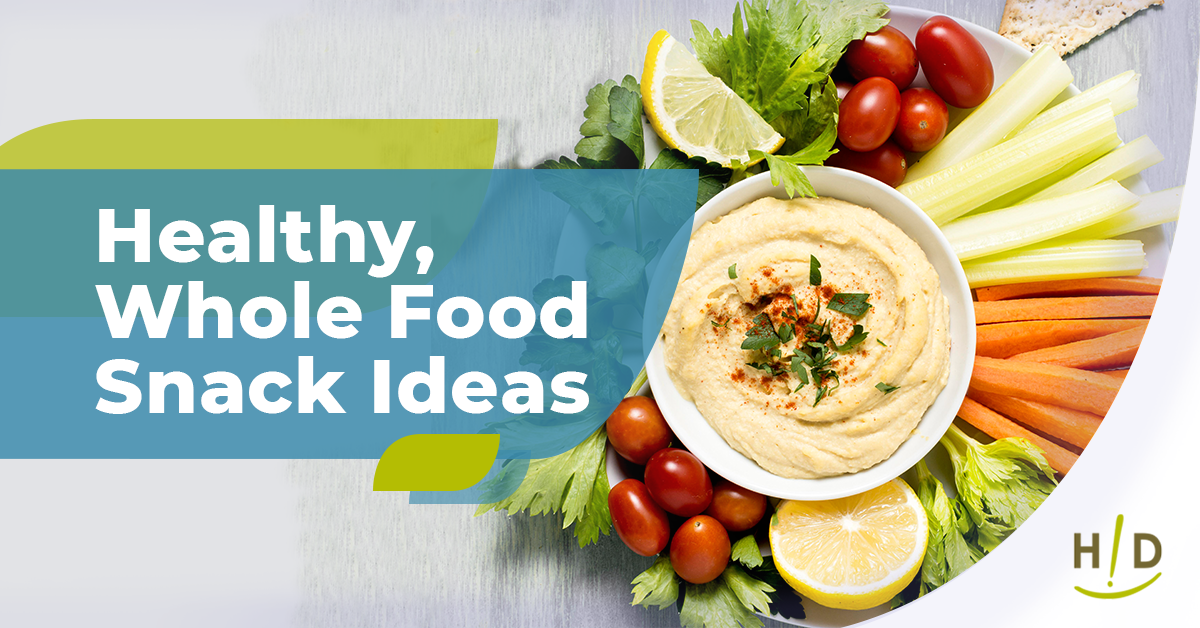There are several menopause myths that are commonly shared among women, and one popular myth is that menopause can increase the occurrence of yeast infections. Is there any truth to the idea that you are more prone to yeast infections during perimenopause or menopause? In this article, we are going to take a look at the causes of yeast infections, and natural remedies that you can use to get rid of the infection.
Hormones and Yeast Infections
As this point, doctors have not found a direct link between menopausal changes and yeast infections, although each woman is different in the way her body will react to the hormonal changes. Some women experience yeast infections more frequently early in their life, most likely due to their increased sexual activity and the use of oral contraceptives.
On the other hand, some women begin to develop yeast infections later in life, and they assume that the yeast infections are related to their hormonal changes. There might be a small link between hormone changes and yeast infections, because estrogen levels can impact the pH levels of the vagina, which in turn create an environment susceptible to yeast overgrowth. But, it is more likely that the yeast infections are occurring because of other factors, such as the use of antibiotics.
Hormones and Yeast Infections
As this point, doctors have not found a direct link between menopausal changes and yeast infections, although each woman is different in the way her body will react to the hormonal changes. Some women experience yeast infections more frequently early in their life, most likely due to their increased sexual activity and the use of oral contraceptives.
On the other hand, some women begin to develop yeast infections later in life, and they assume that the yeast infections are related to their hormonal changes. There might be a small link between hormone changes and yeast infections, because estrogen levels can impact the pH levels of the vagina, which in turn create an environment susceptible to yeast overgrowth. But, it is more likely that the yeast infections are occurring because of other factors, such as the use of antibiotics.
Yeast Infection Treatments
When you are suffering from a yeast infection, you are desperate for a solution to get rid of the burning, itching, and discomfort that you are feeling. Many women turn to antibiotics to treat the infection, but these antibiotics often cause a cycle of infections. Antibiotics wipe out everything, including the "good" bacteria that protects your body against a yeast overgrowth. When the good bacteria levels are decreased, the body is more likely to develop a yeast overgrowth, which in turn causes a woman to seek treatment such as an antibiotic. This cycle can continue for many years. Instead of turning to medication, a better option is to consider natural remedies first, and then medication can be used if needed. Here are a few natural remedies to help with yeast infections:- Probiotics: When you take probiotics, they re-populate the good bacteria so that your body can overcome the yeast overgrowth. A yeast infection is a sign that you are lacking the good bacteria that is needed for optimal health, so you should increase your use of probiotics until the symptoms have gone away. Look for a capsule probiotic such as Pharmax or Pure Encapsulation, and use it as a vaginal suppository. Or, the capsule can be opened, mixed into a small amount of olive oil, and inserted into the vagina.
- Probotic Food Sources: Certain types of fermented foods provide healthy probiotics, such as "raw" sauerkraut. You can use the Perfect Pickler to make your own sauerkraut at home.
- Tea Tree Essential Oil: Essential oils are a powerful solution for many ailments, especially because they have natural antibacterial, antiviral, and antifungal properties. Dilute 2 - 3 drops of tea tree oil in a tablespoon of olive oil, and apply the mixture to the affected area. Some women like to apply the oil mixture to a tampon to make it easy to reach the affected area.
- Silver Biotics: One of the main benefits of Silver Biotics is the fact that it helps the body deal with undesirable bacteria without having a negative impact on the good bacteria. This supplement may be used orally, or it can be applied by soaking a tampon and then inserting it.








